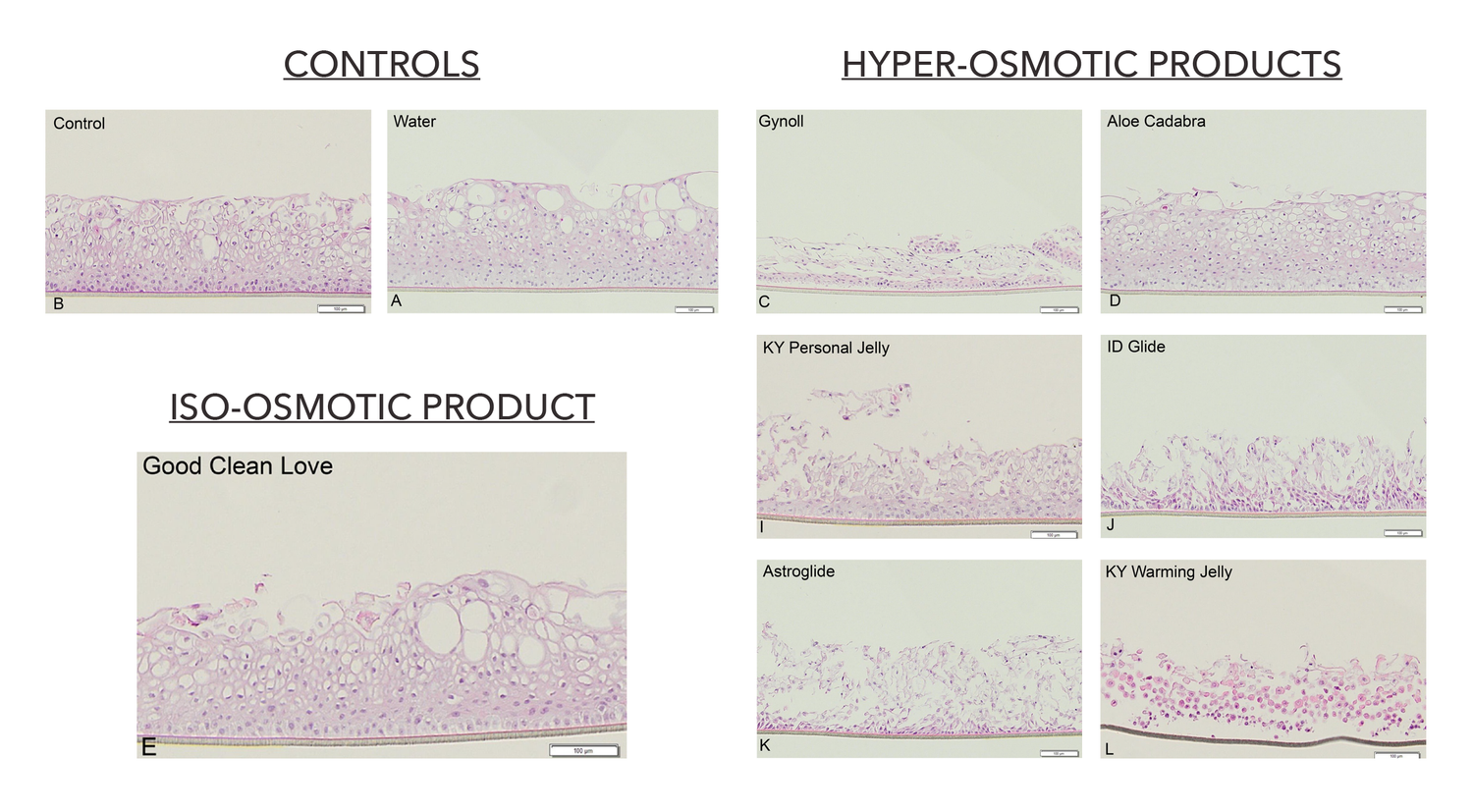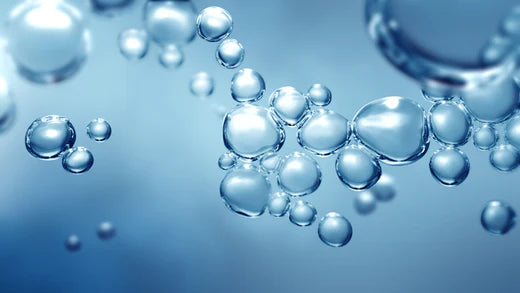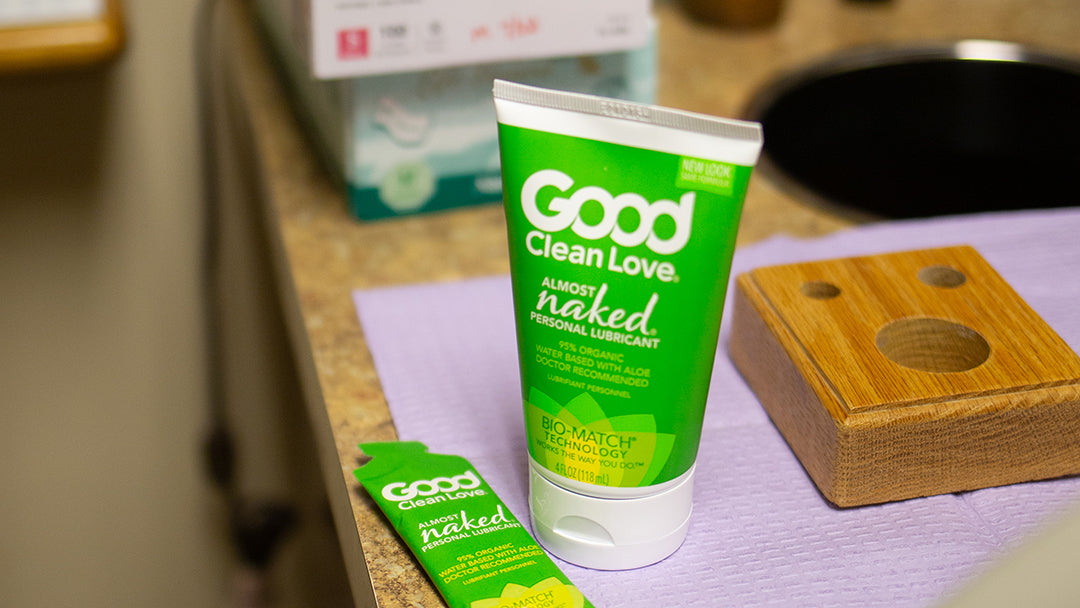
Osmolality has become an important concept in manufacturing vaginal lubricants, but it’s not something that women’s healthcare practitioners think of on a daily basis otherwise. Chief Science Officer Beth DuPriest, PhD explains osmolality and why it's important to understand the effect these different fluids have on the vaginal epithelium.
The 3 Types of Osmolality
-

Hyper-osmolar
Pair text with an image to focus on your chosen product, collection, or blog post. Add details on availability, style, or even provide a review.
-
Hypo-osmolar
Pair text with an image to focus on your chosen product, collection, or blog post. Add details on availability, style, or even provide a review.
-
Iso-osmolar
Pair text with an image to focus on your chosen product, collection, or blog post. Add details on availability, style, or even provide a review.
-

Did you know...Why Osmolality Matters?
LEARN MOREIn this month's Did You Know? series, Chief Science Officer Beth DuPriest, PhD explains osmolality and why it's important to understand the effect these different fluids (hyper-, hypo-, and iso-omolar) have on the vaginal epithelium. Have a question about vaginal biome science? Submit yours here and your answer may be featured in an upcoming newsletter.
-

Effects of Hyperosmolar Lubricants on Vaginal Tissue
LEARN MOREUse of personal products that are not iso-osmolar to the vagina is an under-recognized promoter of BV. Using products that have the same osmolality protects the vaginal lining from damage and inflammation.

April is STI Awareness Month
Sexually transmitted infections (STI) are becoming increasingly more common. These infections are spread from one person to another during vaginal, anal, and/or oral sex. STIs are very common, and many people who contract STIs do not have any symptoms.







